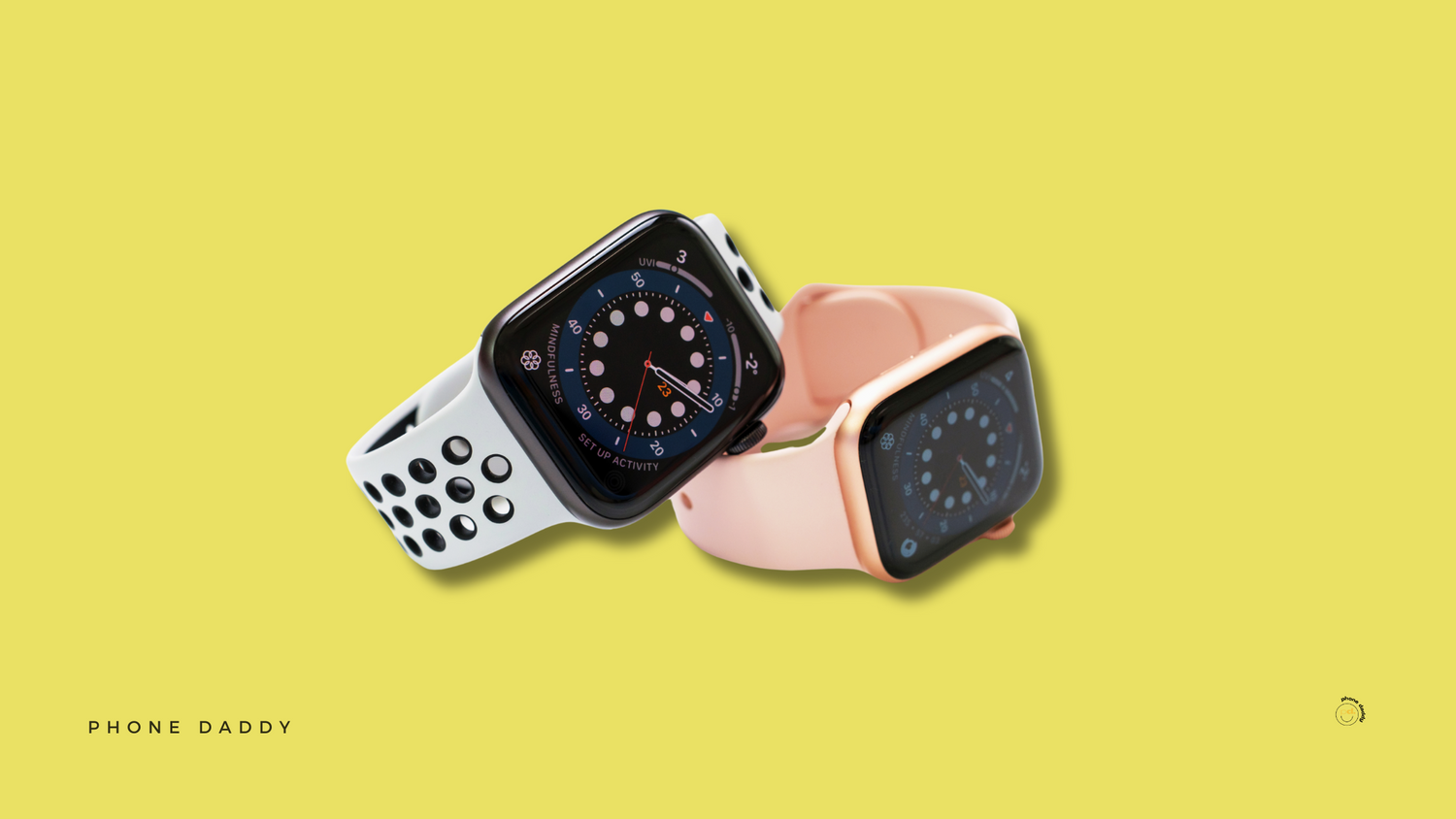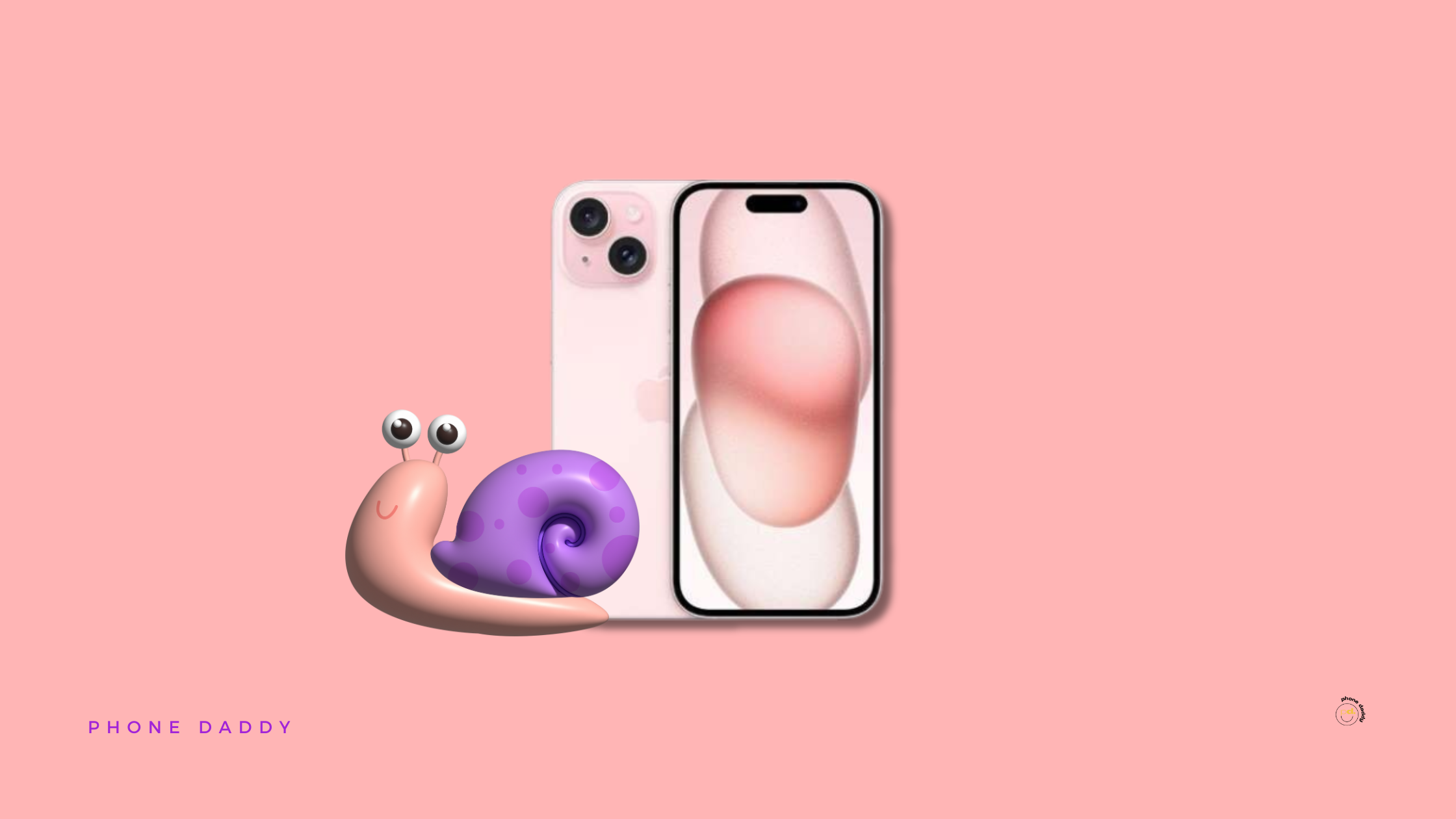- The future of wearables will go beyond fitness tracking and include features like blood pressure monitoring, sleep apnea detection, and mental health monitoring.
- Wearables will become more integrated into our daily lives, acting as personal wellness coaches, smart clothing, and convenient assistants for tasks like payments and smart home control.
- Smart clothing embedded with sensors will provide real-time feedback on workouts, improve posture, and prevent injuries.
The world of wearables has exploded in popularity, and the Apple Watch has been at the forefront of this revolution. But what's next for this ever-evolving technology? In this blog, we'll dive into the exciting possibilities that lie ahead for wearables, exploring advancements from Apple and beyond.
Health on Your Wrist: A Deeper Look
Apple Watch has already made significant strides in health tracking, offering a variety of features that can help you monitor your well-being. Here's what you can do right now with your Apple Watch:
- Heart Health: Keep an eye on your heart rate throughout the day, with readings available on demand or continuously during workouts. Apple Watch can also notify you of high or low heart rates, and even detect potential signs of atrial fibrillation (irregular heart rhythm) with the ECG app (on compatible models).
- Blood Oxygen Monitoring: Measure your blood oxygen levels to gain insights into your respiratory health.
- Fitness Tracking: Track your workouts, monitor calories burned, and receive motivational coaching to help you reach your fitness goals.
- Sleep Tracking: (Apple Watch Ultra only) Gain valuable insights into your sleep patterns, including estimates of REM, core, and deep sleep stages.
Now, imagine your Apple Watch monitoring for:
- Blood Pressure: Non-invasive blood pressure readings directly from your wrist are a hot topic. Apple and other companies are likely working on this as we speak, with potential FDA approvals paving the way for this game-changing feature.
- Sleep Apnea Detection: Your smartwatch could become a valuable tool for identifying sleep apnea by monitoring breathing patterns during sleep. Early detection can significantly improve health outcomes.
Read More: Apple Watch SE 2 Review: Budget-Friendly Fitness Companion or a Flop?
Beyond Fitness: Wearables for a Holistic Lifestyle
Fitness trackers have become a mainstay in the world of wearables, but their potential extends far beyond counting steps and monitoring workouts. The future of wearables promises a more holistic approach to well-being, encompassing various aspects of our physical and mental health. Let's dive deeper into some exciting possibilities:
1. Mental Health Monitoring
The constant pressure of daily life can take a toll on our mental well-being. Wearables can become powerful allies in managing stress and anxiety. Here's how:
- Physiological Biomarkers: Wearables with advanced sensors can track physiological markers like heart rate variability (HRV). HRV fluctuations can indicate stress levels, and by monitoring HRV, your wearable could provide real-time feedback on your stress levels.
- Personalized Recommendations: Imagine your wearable intelligently analyzing your HRV data and offering personalized recommendations for stress management techniques. This could include prompting you to take deep breaths, suggesting guided meditations, or recommending calming music based on your preferences.
- Early Intervention: Chronic stress can significantly impact physical health. By identifying stress early on, wearables could prompt users to seek professional help or encourage them to adopt healthy coping mechanisms.
2. Sleep Optimization
Sleep is crucial for physical and mental rejuvenation. Wearables can become valuable tools for optimizing your sleep patterns:
- Sleep Tracking (Advanced): Current wearables offer basic sleep tracking, but future iterations could provide more sophisticated insights. Imagine monitoring sleep stages (REM, light, deep sleep) and receiving personalized recommendations on how to improve sleep quality. This could include adjustments to your sleep schedule, creating a relaxing bedtime routine, or suggesting environmental changes for a better sleep environment.
- Circadian Rhythm Management: Wearables could track your body's natural sleep-wake cycle (circadian rhythm) and suggest adjustments to your daily routine to promote better sleep. This might involve recommendations for light exposure throughout the day to regulate your internal clock.
3. Personalized Wellness Coaching
Imagine having a personal wellness coach on your wrist! Wearables can analyze your health data and provide personalized recommendations for a healthier lifestyle:
- Diet and Nutrition Tracking: Wearables could integrate with meal tracking apps, allowing you to log your food intake and receive feedback on your dietary choices.
- Activity Coaching: Beyond just tracking steps, wearables could analyze your activity data and suggest personalized workout routines tailored to your fitness goals and current activity level.
- Habit Formation: Wearables can play a significant role in habit formation. Imagine receiving reminders to drink water, go for a walk, or stretch throughout the day. By prompting positive health behaviors, wearables can help you establish healthy habits for long-term well-being.
Beyond the Wrist: The Rise of Smart Clothing
The future of wearables isn't confined to wrists. We're on the cusp of a revolution where clothing itself becomes intelligent, embedded with sensors that transform everyday garments into powerful health and fitness trackers. Imagine a workout session where your shirt isn't just comfortable, it's actively guiding you towards peak performance.
Here's a glimpse of what smart clothing might offer:
- Real-time Biofeedback: Shirts and leggings woven with sensors can track a multitude of metrics during exercise. Imagine monitoring muscle activity, heart rate, and respiration in real-time, all through strategically placed sensors in your clothing. This data can be fed into an app that provides instant feedback on your form, exertion level, and potential areas for improvement.
- Personalized Training: Smart clothing can go beyond simple data collection. By analyzing your biofeedback, your workout shirt could suggest adjustments to your form or recommend modifications to your exercise routine in real time. Imagine personalized coaching cues delivered discreetly through vibrations or haptic feedback woven into the garment.
- Posture Correction: For those working on posture improvement, smart shirts can be a game-changer. Imagine sensors that detect slouching and provide gentle vibrations or visual cues on your phone app, nudging you back into proper alignment throughout the day.
- Injury Prevention: Smart clothing can play a crucial role in injury prevention. Sensors monitoring muscle strain and fatigue can alert you before pushing yourself too far, potentially preventing overuse injuries. This can be particularly beneficial for athletes or those engaging in high-impact activities.
- Comfort Optimization: Imagine clothing that adapts to your needs! Smart garments with embedded climate control systems could adjust the temperature based on your activity level and surrounding environment, keeping you cool during exercise and warm in chilly weather.
A World of Convenience: Wearables As Everyday Assistants
Wearables are poised to become seamlessly integrated into the fabric of our daily lives, transforming them into convenient and efficient companions. Here are some ways wearables will likely become our everyday assistants:
- Advanced Payments: Gone are the days of fumbling for wallets or phones. Imagine a world where a simple tap of your smartwatch or a fashionable ring embedded with a payment chip allows you to make secure purchases at the store or grab a coffee on the go.
- Smart Home Integration: Your wearable can become the ultimate remote control for your smart home. Imagine adjusting lights, changing the thermostat, or locking doors all with a tap or voice command through your smartwatch. This seamless integration can create a truly connected and personalized living environment.
- Enhanced Security: Wearables can play a role in enhancing security measures. Imagine using your smartwatch as a digital key to unlock your car or apartment door. Fingerprint scanners or facial recognition integrated into wearables can provide an extra layer of security for your devices and digital life.
- Personalized Information Access: Wearables can become our personalized information hubs. Imagine receiving important notifications, weather updates, or even checking your calendar all through a glance at your smartwatch. This real-time access to information can streamline your day and keep you informed on the go.
- Entertainment on the Move: Smartwatches and other wearables are becoming increasingly sophisticated, transforming into mini entertainment centers. Imagine listening to music, controlling your music player, or even making calls directly from your smartwatch, eliminating the need to carry your phone everywhere.
Looking Ahead: Challenges and Opportunities
As wearables become more sophisticated, privacy concerns and data security will be paramount. Companies will need to ensure user trust with robust security measures.
Despite these challenges, the future of wearables is brimming with possibilities. From enhanced health monitoring to a more convenient and connected lifestyle, wearables have the potential to revolutionize the way we live, work, and take care of ourselves.
What are your thoughts on the future of wearables? What features are you most excited about? Share your thoughts in the comments below!



